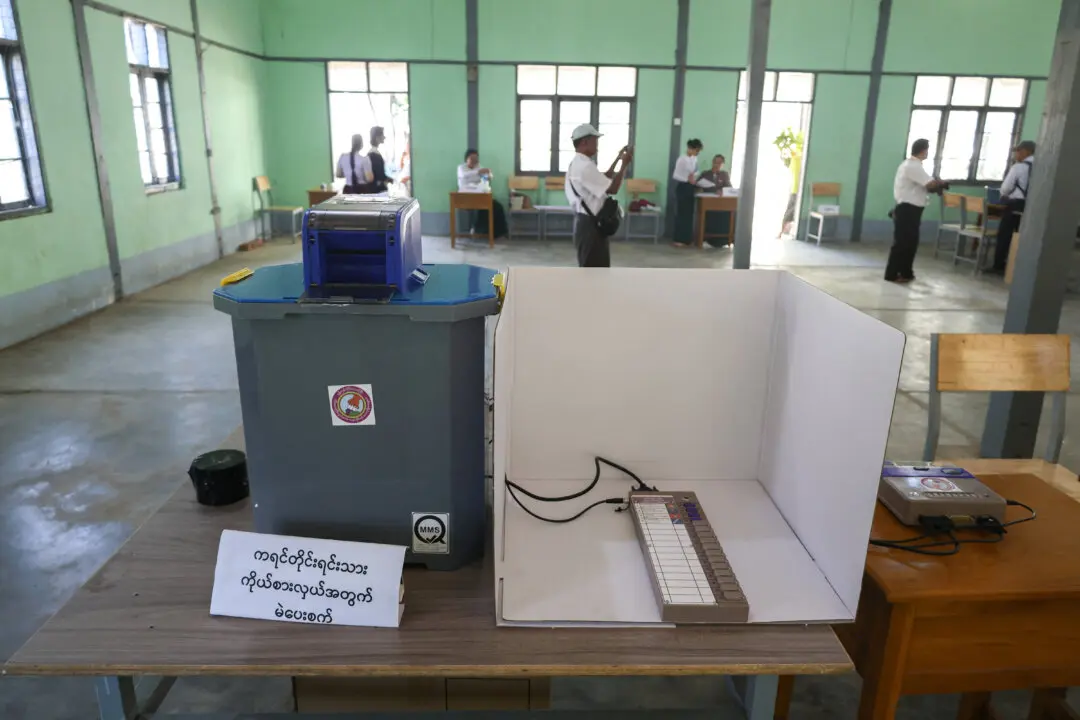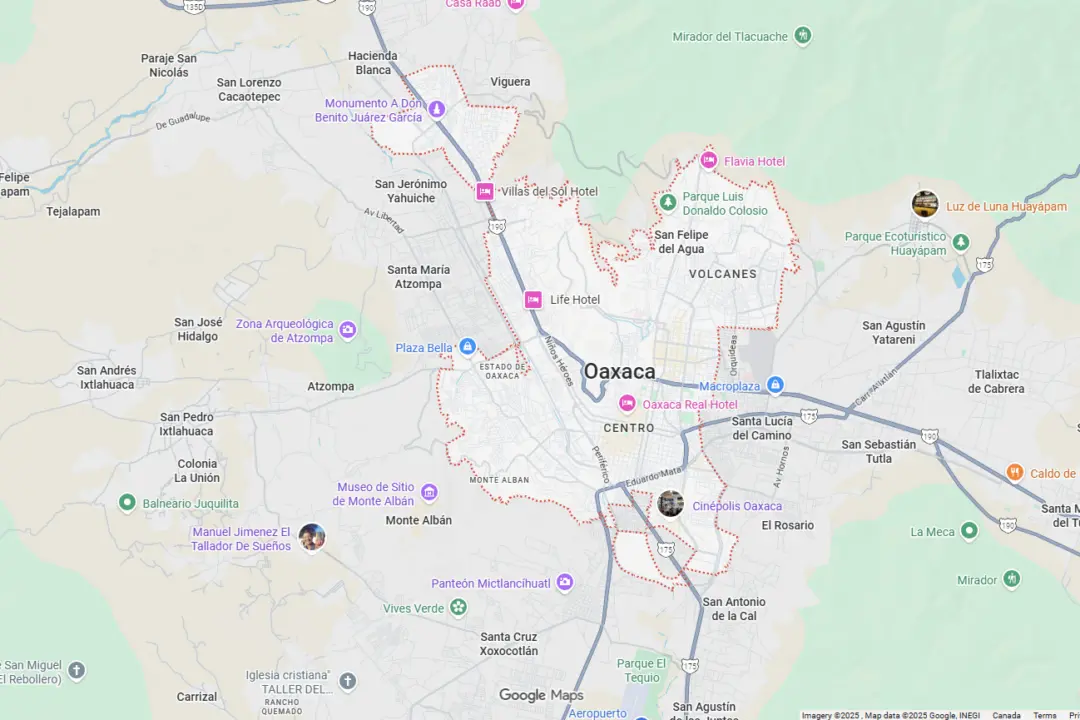U.S. retail sales rose 3 percent during this year’s expanded holiday shopping season powered by a pandemic-driven shift toward online shopping, a report by Mastercard Inc. said on Dec. 26.
U.S. e-commerce sales jumped 49 percent in this year’s holiday shopping season, from Oct. 11 to Dec. 24, according to the Mastercard SpendingPulse report, underscoring the COVID-19 pandemic’s role in transforming customers’ shopping habits.





